$89.97 Original price was: $89.97.$62.98Current price is: $62.98.
SKU: D2LSC 823797257 Categories: Berry Plants, FRUIT TREES & PLANTS
- Quality that lasts, prices that don't.
- Experience the difference quality makes.
- Satisfaction Guaranteed
- 100% High Quality Guarantee

Rosa’s Blush Blueberry
Vaccinium darrowii ‘Rosa’s Blush’
Other Common Names: Scrub Blueberry, Darrow’s Dwarf, Darrow’s Evergreen Blueberry
NOTE: All of our fruit plants are grown in containers outdoors so they are fully rooted and landscape-ready upon arrival.
Plant Details
USDA Plant Hardiness Zones: 7a-10b Find Your Zone
Chilling Hours: 150-200 Learn more here
Ripens: Late Spring through Summer!
Pollinators: It flowers over a long period so any Rabbiteye blueberries
Height at Maturity: 3-4′
Width: 3-4′
Spacing: 3 feet for solid hedge
Fruit Color: Blue-Black
Fruit Size: Small
Fruit Size: Small
Sun Needs: Full Sun or Part Shade
Water Needs: Average, low when established
Soil Type: Acid, rich in organic matter
Drainage/Soil Moisture: Moist But Well-Drained
Soil pH: 4.0 – 5.0
Description
Here’s a colorful North American native evergreen shrub that pleases both the eyes and taste buds, making it an excellent choice for edible landscaping. In spring, bright purplish pink new leaves cover the 3 to 4 feet high and wide dense mound. In summer the leaves turn to a dusty blue-green with fall bringing shades of deep red and purple. An abundance of urn-shaped white to light pink flowers appear over a long period in spring developing into edible, sweet blue-black berries that can be picked and eaten right off the bush from late spring through summer. The berries are also great for use in making jams or preserves.
This species will self-pollinate and set fruit, but other blueberry close by will increase cross-pollination and yield. Because Rosa’s Blush blooms over such a long period any rabbiteye blueberry varieties will do.
NOTE: All of our fruit plants are grown in containers outdoors so they are fully rooted and landscape-ready upon arrival.
Landscape & Garden Uses
Growing to only 3 to 4 feet tall and equally as wide, Rosa’s Blush Blueberry is good fit for smaller garden spaces where its taller growing cousins won’t fit. In larger landscape borders and home foundation plantings it is ideal for use in groupings or as a low hedge. A fine addition to edible landscapes, food gardens, native plant gardens, cottage gardens and pink theme gardens.
Growing Preferences
Blueberries are low maintenance plants that are very easy to grow. The growing area should sunny to partially shaded and with well drained and rich in organic matter with a pH of 4.0 to 5.0. They prefer a sandy soil, so adding some river said to dense, compact soil is beneficial. If you need to make your soil more acidic apply Soil Sulfur as directed on the product label to acidify soil. One pound of sulfur applied to 100 square feet of soil will lower the pH about 1 pH unit (from 6.0 to 5.0). The sulfur works best if it is tilled in the soil to about six inches. Adding organic matter to the soil at planting time, such as composted cow manure or composted leaves, will also help to create an acid soil.
Helpful Articles
Click on a link below to find helpful advice from our experts on how to plant and care for Blueberry bushes.
How To Plant A Blueberry Bush
How To Fertilize & Water Blueberry Bushes
How To Prune A Blueberry Bush
Plant Long & Prosper!
Meet The Wilson Brothers & Staff
Questions? Contact Us!
Be the first to review “Rosa’s Blush Blueberry (Vaccinium Darrowii) – 3 Gallon Pot” Cancel reply
Related products
Sale!
FRUIT TREES & PLANTS
Sale!
FRUIT TREES & PLANTS
Sale!
Fruit Plants & Trees
Sale!
FRUIT TREES & PLANTS
Sale!
FRUIT TREES & PLANTS
Sale!
FRUIT TREES & PLANTS
Italian Honey Fig Tree (Ficus Carica ‘Lattarula’) – 1 Gallon Pot
Sale!
FRUIT TREES & PLANTS
Sale!
FRUIT TREES & PLANTS


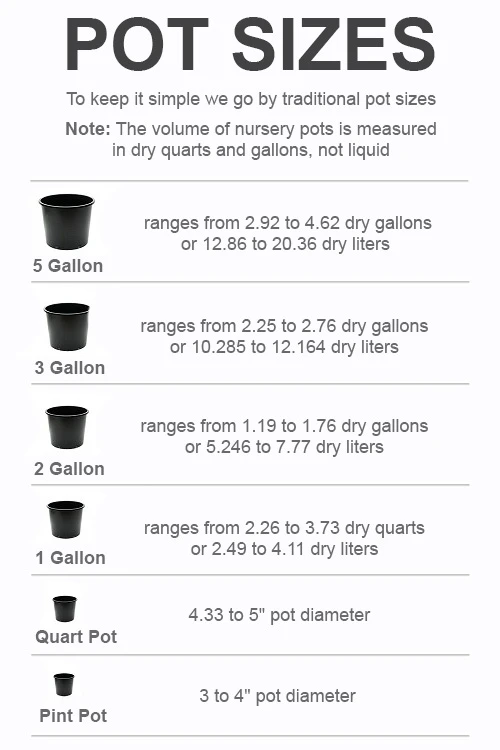
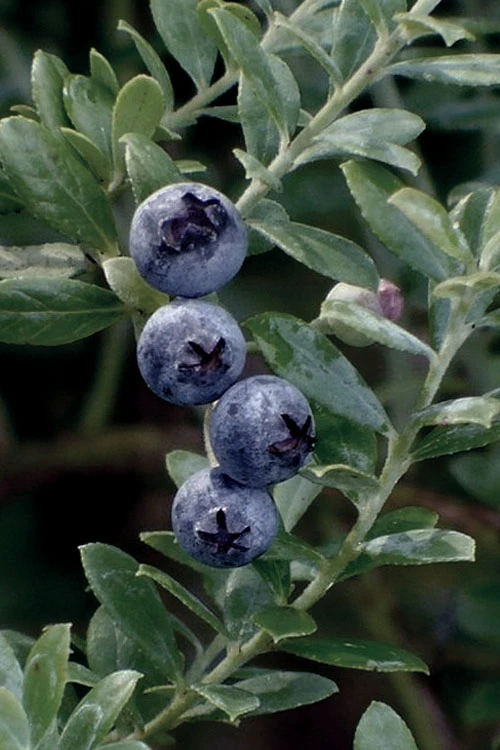
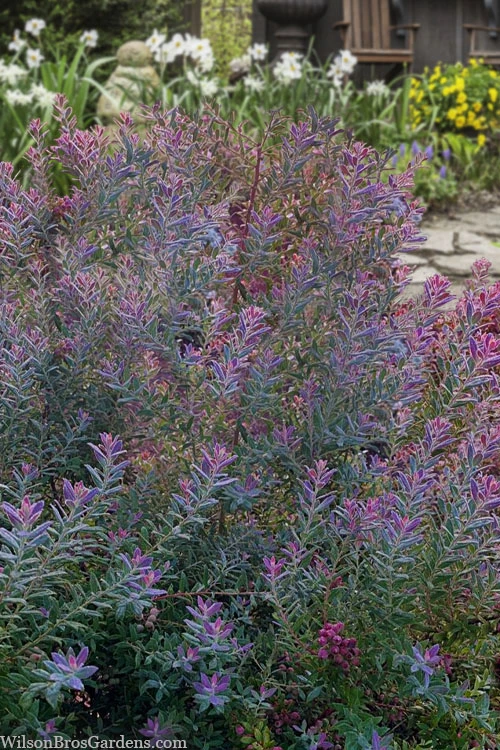
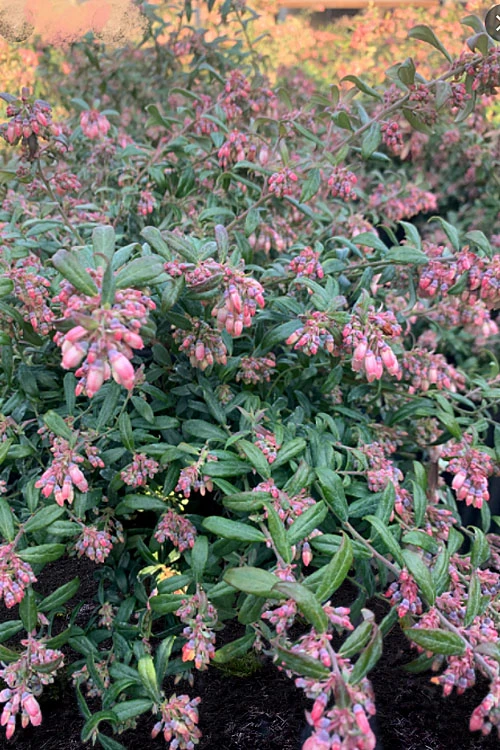

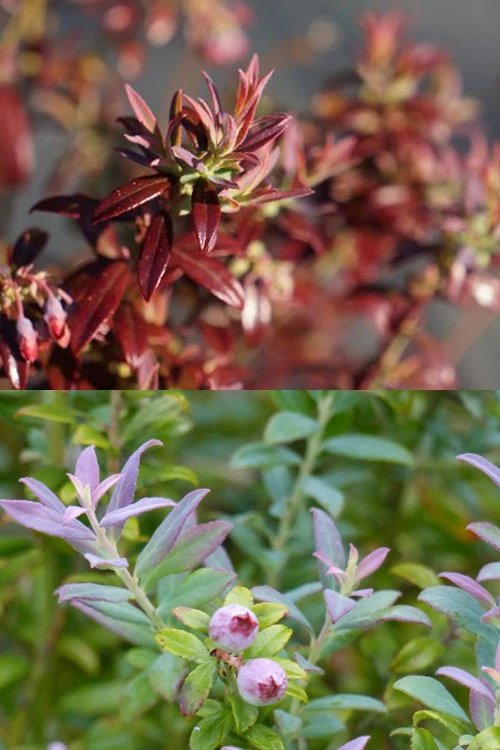
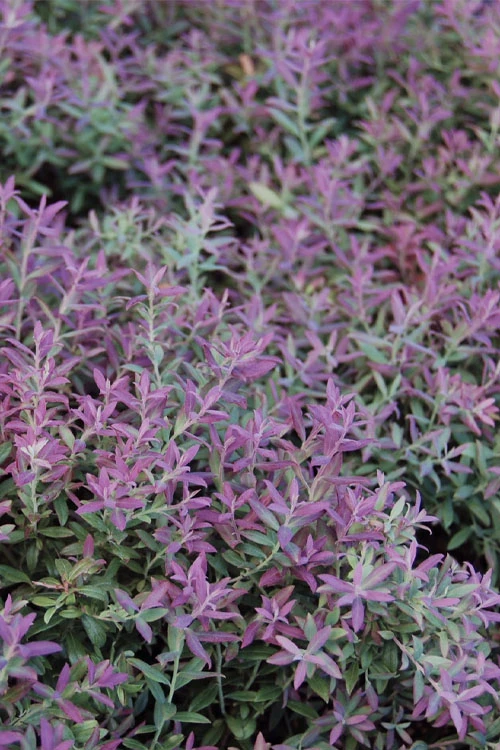
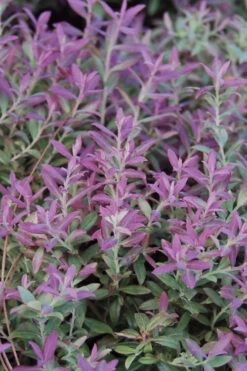







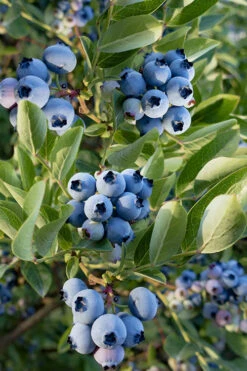
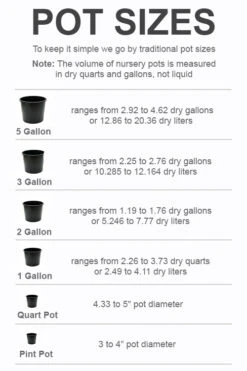


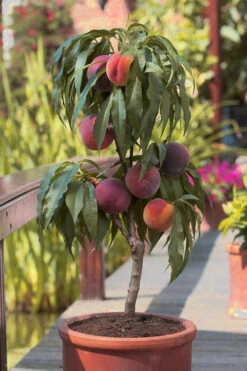
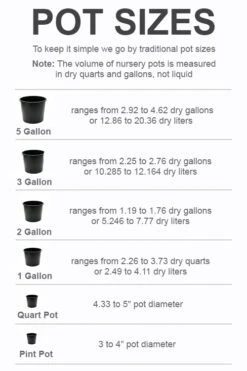

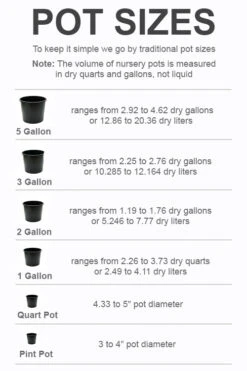
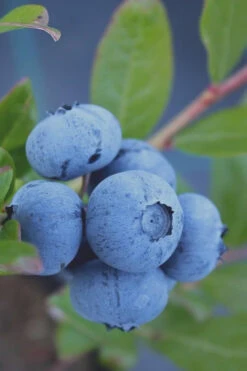

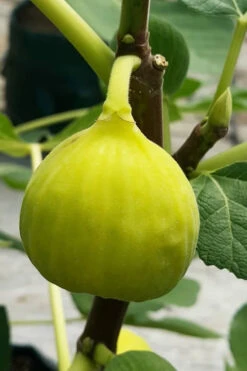

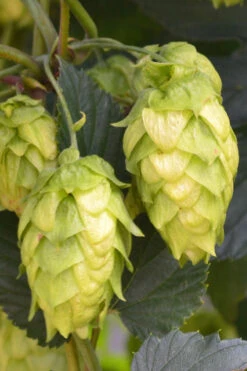

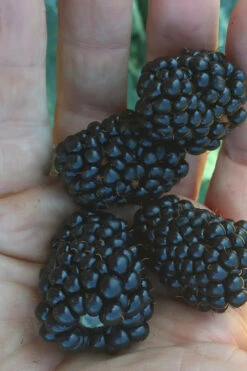
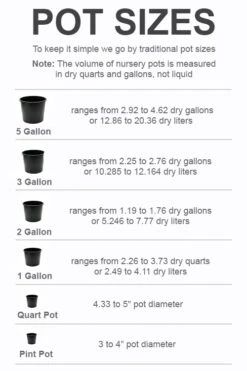
Reviews
There are no reviews yet.